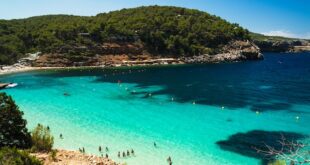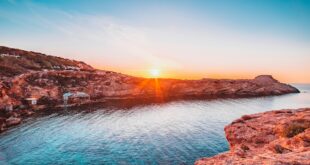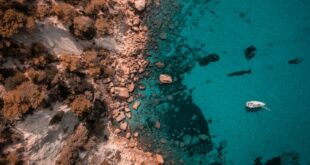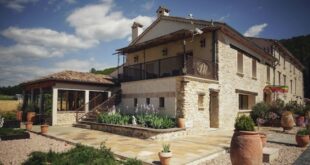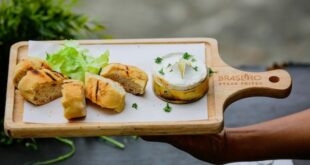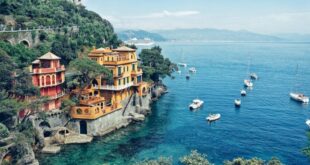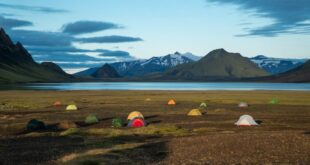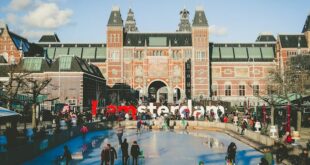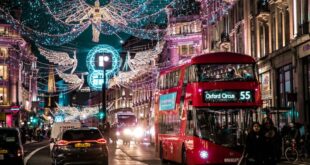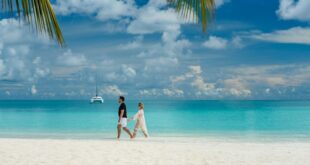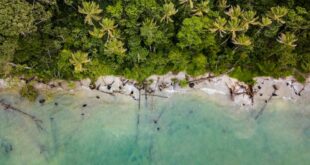Last Updated on September 17, 2025
Mallorca, the largest of the Balearic Islands, is far more than a haven of paradise beaches. The island offers a unique blend of nature, culture, gastronomy and tradition, making it an ideal destination for both short getaways and extended stays. From medieval hilltop villages to crystal-clear coves, Mallorca provides experiences to suit every traveller.
How to Get to Mallorca
Mallorca is one of the best-connected islands in the Mediterranean. Palma de Mallorca International Airport (PMI) welcomes daily flights from major European cities and several international capitals. For those who prefer travelling by sea, regular ferries link Palma with Valencia, Barcelona and the other Balearic Islands.
Getting around is simple: hiring a car remains the most flexible option, although public transport covers much of the island, and organised excursions are available for visitors wishing to make the most of their time without worrying about traffic or parking.
Palma: History and Modernity by the Sea
The capital city, Palma, is a cosmopolitan hub that combines centuries of history with a vibrant cultural and culinary scene. Its most striking landmark is the Cathedral of Santa Maria, a Gothic masterpiece that seems to rise directly from the sea. Just behind it, the Royal Palace of La Almudaina reflects the island’s Arab and Christian heritage.
A stroll through the old town reveals narrow medieval streets, hidden Mallorcan courtyards and stylish boutiques. For sweeping views, head to Bellver Castle, a rare circular fortress unique in Spain. Palma also boasts a thriving contemporary art scene, with galleries and museums such as Es Baluard.
Valldemossa: The Romantic Soul of the Tramuntana
Nestled in the heart of the Serra de Tramuntana, Valldemossa is a charming village with cobbled streets and stone houses that exude authenticity. The Valldemossa Charterhouse, where Chopin and George Sand famously spent a winter, is a must-visit for lovers of music and literature.
Cosy cafés and shops selling local produce add to its allure. Don’t leave without tasting the renowned coca de patata, a soft pastry that pairs perfectly with hot chocolate or coffee.
Sóller and its Port: Between Mountains and Orange Groves
The Sóller valley, renowned for its citrus orchards, is accessible from Palma via a historic wooden train offering an unforgettable journey through mountains and tunnels. In the heart of the town, modernist buildings such as the Banco de Sóller reflect its prosperous past.
From there, a tram ride takes you to the Port of Sóller, a natural harbour perfect for a seaside stroll, enjoying fresh seafood, or hiring a boat to explore the coastline.
Deià: A Refuge for Artists
A few kilometres from Sóller, Deià is one of Mallorca’s most picturesque villages. Perched on a hillside overlooking the sea, it has long been a haven for artists, musicians and writers. Steep streets, art galleries and fine dining restaurants give this village its distinctly bohemian atmosphere.
Nearby coves, such as Cala Deià, are ideal for a peaceful afternoon surrounded by unspoilt nature.
Artà: Traditional Spirit
Located in the island’s northeast, Artà is synonymous with history and tradition. The Sanctuary of Sant Salvador, reached via a monumental stairway, offers panoramic views of the entire region. Artà is also known for its weekly market, one of Mallorca’s most authentic, where local artisans sell ceramics, jewellery and culinary specialities.
Alcúdia: Medieval Heritage and Endless Beaches
Northern Mallorca is home to another gem: Alcúdia, whose walled old town invites visitors to lose themselves among narrow streets and lively squares. Its medieval fortifications and Roman archaeological remains tell stories of centuries past.
Just a short distance away, beaches like Playa de Muro and the Bay of Alcúdia are perfect for families, thanks to shallow waters and white sand stretching for miles.
Mallorca’s Most Iconic Coves

No guide to Mallorca would be complete without mentioning its stunning coves. The island boasts over 200, each with its own charm. Here are some of the highlights:
Es Trenc: The Balearic Caribbean
Located in the south of the island, Es Trenc is famous for its turquoise waters and powdery white sand. With few buildings nearby, it has a pristine, Caribbean-like feel, ideal for those seeking peace and quiet.
Cala Mondragó: A Protected Paradise
Set within the Mondragó Natural Park, this cove is perfect for nature lovers. Surrounded by pine forests and crystal-clear waters, it’s one of the best spots for snorkelling.
Cala Formentor: A Northern Postcard
At the island’s northern tip, Cala Formentor offers spectacular scenery framed by mountains. Its calm, transparent waters are perfect for swimming and relaxation, while the nearby viewpoint provides breathtaking panoramas.
A Convenient and Affordable Way to Explore Mallorca
While exploring Mallorca independently has its charm, a fantastic alternative is discovering it with the help of local experts. Joining a guided tour such as those offered by Mallorca Premium Tours allows visitors to experience the island’s top attractions without worrying about logistics, while learning stories and insights rarely found in guidebooks. Our experience was outstanding: warm hospitality, passionate guides, and a carefully curated itinerary.
Tips for Enjoying Mallorca to the Full
- Travel outside peak season: Spring and autumn are ideal for avoiding crowds and enjoying perfect weather.
- Discover the Serra de Tramuntana: A UNESCO World Heritage Site, it offers hiking trails and breathtaking views.
- Sample local cuisine: Dishes like tumbet, sobrasada, frito mallorquín and the island’s wines are a must.
- Take time for the coves: While the famous beaches are stunning, Mallorca’s hidden coves are true treasures.
Mallorca is a well-rounded destination, enchanting both those seeking seaside relaxation and travellers passionate about culture and nature. With thoughtful planning and a spirit of exploration, every corner of the island reveals a new delight.
 Travel for Food Hub The Food Blog for Travel Lovers
Travel for Food Hub The Food Blog for Travel Lovers


